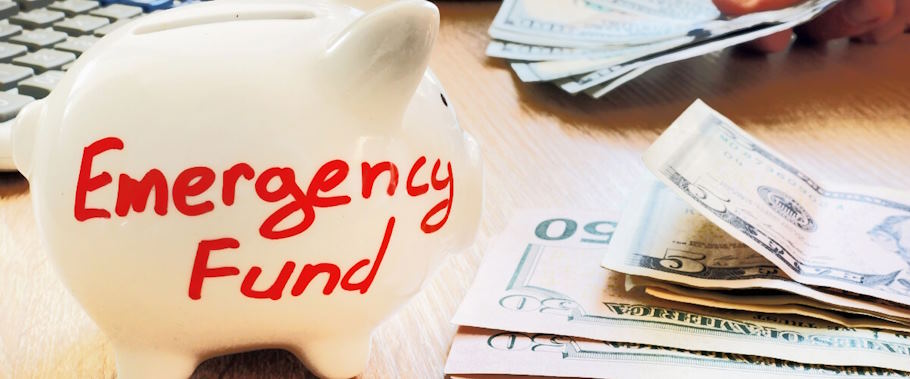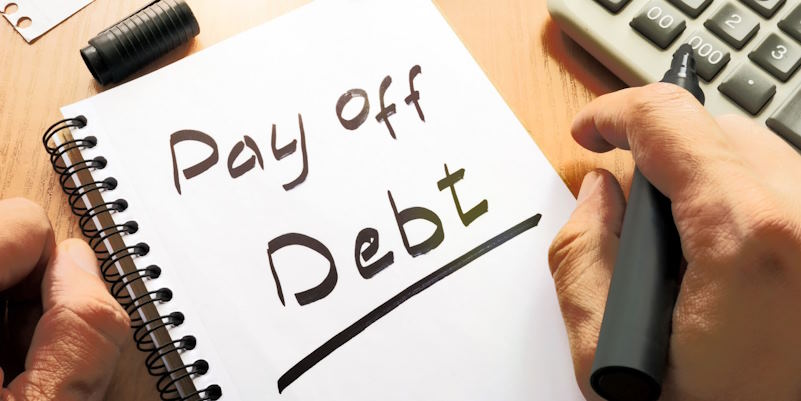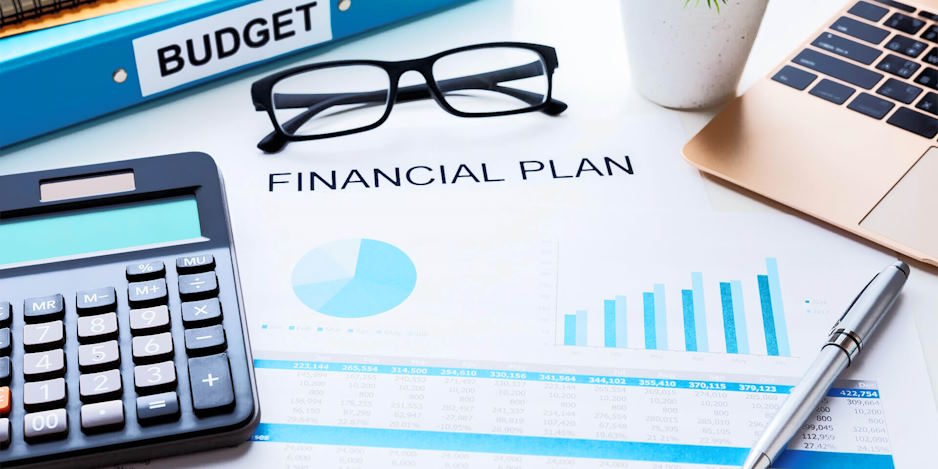Let’s begin by saying that having such funds is super essential in our busy and sometimes tricky lives, where things can get uncertain. It’s like having a backup plan that helps you handle unexpected situations.
Why is it a good idea to have an emergency fund?
Life is brimming with unforeseen surprises, presenting unexpected expenses such as sudden medical bills, car repairs, or home maintenance. An emergency fund acts as a safety net, providing immediate access to funds to address these unanticipated costs without causing disruptions to your financial stability.
Besides, without an emergency fund, individuals may borrow or use credit cards to cover unexpected expenses. It can lead to accumulating debt, along with interest payments. Having a dedicated fund helps avoid falling into the cycle of debt during tough times.
In the event of a job loss or a sudden reduction in income, an emergency fund provides a financial buffer. It offers support during transitional periods, allowing you to cover essential expenses while seeking new employment or adjusting to changes in income.

As we know, emergencies often require prompt action. Whether it’s a medical emergency or urgent home repairs, having a readily available emergency fund allows you to address the situation swiftly without waiting for loan approvals or other financial arrangements.
Finally, with an emergency fund in place, individuals have the flexibility to make better financial decisions. It provides the freedom to consider various options and solutions without being forced into hasty or suboptimal choices due to immediate financial pressures.
How can I create an emergency fund?
Creating an emergency fund is a practical and achievable endeavor that involves several strategic steps.
Begin by setting clear goals and outlining the fund’s purpose and desired savings. Calculate your monthly living expenses to establish a baseline, gradually increasing your target as you progress. Develop a budget to identify areas for potential cutbacks, directing these savings toward your emergency fund.
The good idea is to automate transfers from your income to ensure consistent contributions. Try to cut non-essential expenses and explore additional income streams to accelerate savings.
Keep the fund separate, refraining from using it for non-emergencies, and consistently review and adjust it in response to financial changes.
The crucial aspect is to initiate the process, even with a modest amount. Gradually, your emergency fund will expand, furnishing you with a significant financial cushion to navigate unforeseen challenges.






